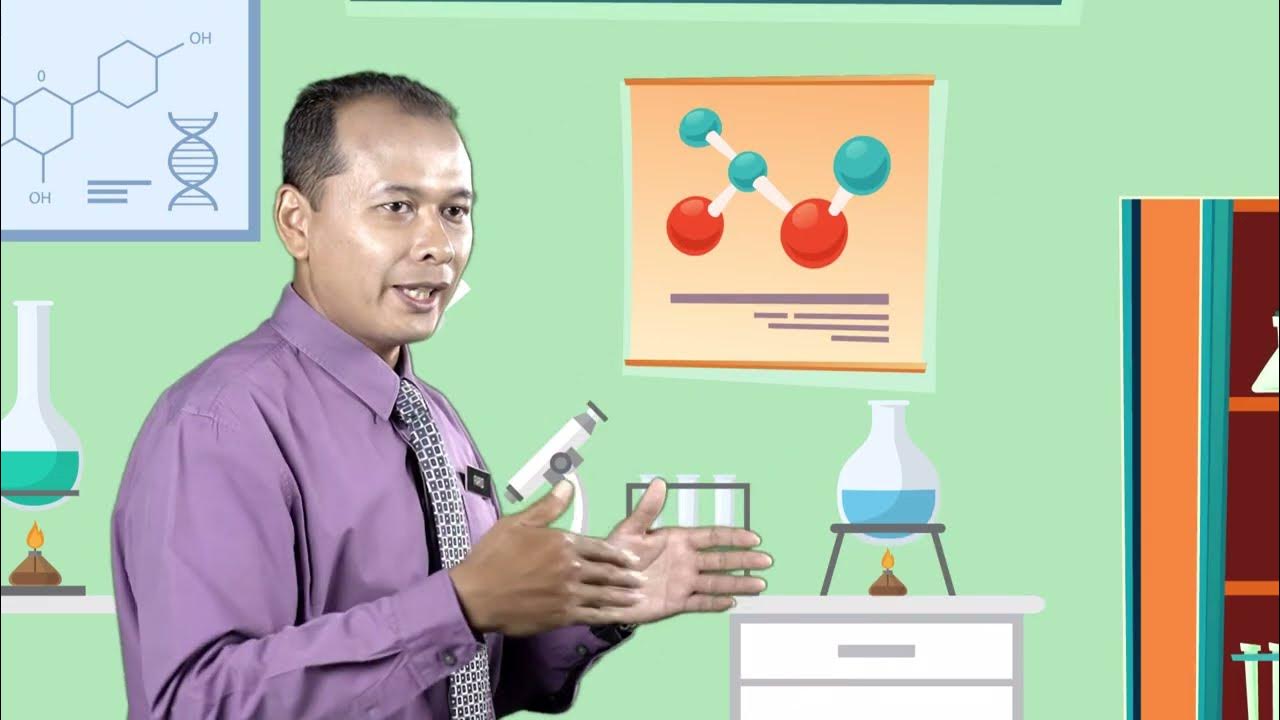Body Movement Terms Anatomy | Body Planes of Motion | Synovial Joint Movement Terminology
Summary
TLDRIn this anatomy lesson, Ben from registerednessrn.com covers essential body movement terms at synovial joints, crucial for healthcare professionals. The video discusses four major movement categories: gliding, angular (flexion/extension, abduction/adduction), rotational, and special movements. Examples include wrist and ankle movements, shoulder and hip rotations, and unique thumb actions like opposition and reposition. These terms are vital for patient assessment and documentation in medical fields.
Takeaways
- 🔍 There are four major categories of movements at synovial joints: gliding, angular, rotational, and special movements.
- 📍 Gliding movements occur when bones move over each other in a linear direction without significant rotation, like waving your hand side to side.
- 🔺 Angular movements include flexion and extension, which decrease or increase the angle between two structures, respectively.
- 🤲 Rotational movements involve bones moving around a central axis, like the head turning from side to side.
- 🤸♂️ Special movements are unique and don't fit into other categories, such as supination and pronation of the forearm and dorsiflexion and plantar flexion of the foot.
- 👐 Abduction and adduction are angular movements that occur in the frontal plane, moving structures away from or towards the body's midline.
- 🔄 Circumduction is a complex movement that combines flexion, abduction, extension, and adduction to create a circular motion.
- 👣 Inversion and eversion are special movements that turn the sole of the foot toward or away from the body's midline.
- 🦴 Hyperextension refers to movements that exceed the normal range of motion for a joint, sometimes causing confusion in terminology.
- 🤗 Opposition and reposition are special movements of the thumb, allowing it to touch the tips of other fingers and then return to the original position.
Q & A
What are the four major categories of movements that can occur at synovial joints?
-The four major categories of movements at synovial joints are gliding movements, angular movements, rotational movements, and special movements.
What is gliding movement and where does it primarily occur?
-Gliding movement occurs when the surfaces of bones move over one another in a linear direction without significant rotary or angular movement. It primarily takes place in the carpels of the wrist and the tarsals of the foot.
Can you explain the difference between flexion and extension?
-Flexion decreases the angle between two structures as they bend or move closer together, while extension increases the angle as they straighten and move apart.
How does abduction differ from adduction?
-Abduction is the movement of a structure away from a midline reference point, whereas adduction occurs as the structure is moved back toward the midline reference point.
What is circumduction and how is it performed?
-Circumduction is an angular body movement that blends flexion, abduction, extension, and adduction to create a circular or conical movement. It is performed by combining these movements in a smooth sequence to form a cone or circle at a joint.
What is rotation in the context of body movements?
-Rotation is a body movement term that describes a bone moving around a central axis, similar to a screw turning to either the right or the left.
What are supination and pronation, and how do they relate to the forearm?
-Supination and pronation are special movements involving the rotation of the forearm. Supination is the rotation of the radial bone laterally (away from the body's midline), while pronation is the rotation medially (toward the body's midline).
Define dorsiflexion and plantar flexion in relation to the foot and ankle.
-Dorsiflexion is the movement where the back or upper side of the foot moves toward the shin, decreasing the angle between the foot and the leg. Plantar flexion is when the sole of the foot moves toward the calf, decreasing the angle and pointing the toes away from the body.
How do inversion and eversion of the foot differ?
-Inversion is when the bottom of the foot turns so that it faces toward the body's midline, while eversion is the opposite motion where the bottom of the foot turns away from the body's midline.
What are the special movements of the thumb called opposition and reposition?
-Opposition of the thumb is when the tip of the thumb meets and opposes the tip of another finger from the same hand. Reposition is the return of the thumb and finger to their original position after opposition.
Outlines

Cette section est réservée aux utilisateurs payants. Améliorez votre compte pour accéder à cette section.
Améliorer maintenantMindmap

Cette section est réservée aux utilisateurs payants. Améliorez votre compte pour accéder à cette section.
Améliorer maintenantKeywords

Cette section est réservée aux utilisateurs payants. Améliorez votre compte pour accéder à cette section.
Améliorer maintenantHighlights

Cette section est réservée aux utilisateurs payants. Améliorez votre compte pour accéder à cette section.
Améliorer maintenantTranscripts

Cette section est réservée aux utilisateurs payants. Améliorez votre compte pour accéder à cette section.
Améliorer maintenantVoir Plus de Vidéos Connexes

Protrusion, Retrusion, and Excursion Anatomy Body Movement Terms

Vertebral Column Anatomy: Bones, Regions, Curvatures (Kyphotic, Lordotic)

Skeletal Muscle Tissue: Contraction, Sarcomere, Myofibril Anatomy Myology

Circumduction Movement: Hip, Shoulder, Thumb, Fingers, Wrist, Ankle, Toes, Head

Form 1 | Science | DLP | Periodic Table | DLP0012

priv
5.0 / 5 (0 votes)
